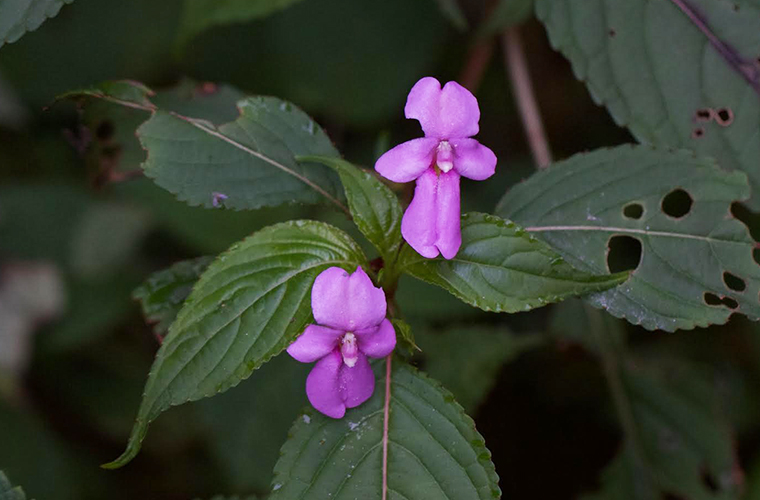Trending Now
- “If Edappadi Palaniswami permits, a thousand young members from the Virudhunagar district AIADMK are prepared to take up arms and engage in battle under my command.” – Former AIADMK Minister Rajendra Balaji
- “India is ready to deal with any counter-attack by Pakistan” – Wing Commander Vyomika Singh
- Central govt orders extension of CBI Director Praveen Sood’s tenure for another year
Coimbatore
A rare bloom in the blue mountains
![]() February 21, 2017
February 21, 2017
Udhagamandalam: Of the Nilgiris a.k.a blue mountains,it is often said that almost every aspect of it is either fascinating or intriguing and all one has to do is look at it with a discerning eye to enjoy its varied features. It also throws up surprises which often go unnoticed. Citing an example, Conservationist Dr.P.J.Vasanthan pointed out to The Covai Post here that something very interesting is now taking place on the wild flowers front but not many are aware of it.
Stating that It is rather a rare coincidence to see off-season flowering of three different varieties of plants named in commemoration of a single person,he said that it is now being observed in these hills, as a result of changes in stress pattern accountable to poor rainfall.
Mahonia leschenaultii a tree which lines the margins of the sholas usually flowers around late winter, but in the current scenario flowering seems to be persisting well into summer. It is known in common parlance as Holly-leaved Berry or the Toda Plant, the latter name reflecting the belief of the Toda people, that its extract has purifying properties.
Impatiens leschenaultii otherwise called the Nilgiri Balsam or the Leschenault’s Balsam, an under shrub of these woods appears to be blooming a little early, and so is Rosa leschenaultiana, a thorny climber commonly known as the Nilgiri Cluster Rose.
Expressing the view that all three,which are peculiar to the hills of the Western Ghats, can be considered as early indicators of environmental change, Dr.Vasanthan pointed out that they are named after Monseigneur Jean-Baptiste Louis Claude Théodore Leschenault (13 November 1773 – 14 March 1826), a French Botanist and Ornithologist.
Mr. Leschenault can be credited as being the first botanist to have visited these hills, having accompanied Mr. John Sullivan,the then Collector of Coimbatore, on his second tour of this district in May 1819. According to his account Leschenault appears to have collected more than 200 plant specimens, the greater part of which were unknown to science.
In addition to his botanical observations, Leschenault has also recorded the customs and practices of the hill people as well as the climate and geography. It was his observations about the salubrious and healthy climate that partly paved the way for the opening up of one of the passes to the mountains by the then Madras Government.























